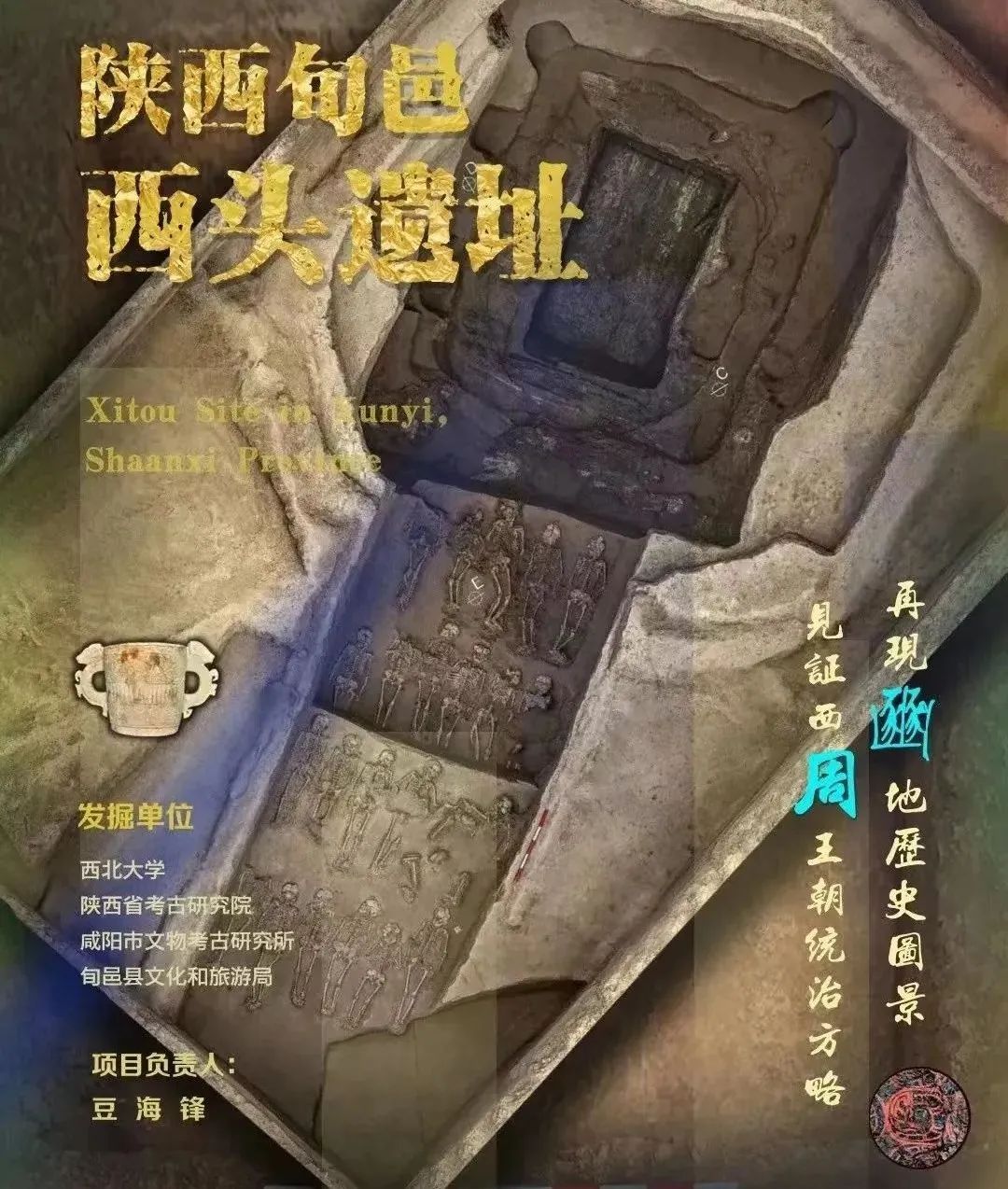On March 28th, the 2022 National Top Ten New Archaeological Discoveries were unveiled, among which the Xitou site in Xunyi, Shaanxi Province, was successfully selected, which is the fifth time among the excavation projects hosted and cooperated by the School of Cultural Heritage of NWU to be selected as one of the National Top Ten New Archaeological Discoveries.
Located in Xunyi County, Shaanxi Province, the Xitou site covers an area of about 3 million square meters, of which about 2 million square meters are distributed with the main remains of the Shang and Zhou periods. The specific location of the site is in Xitou Village, about 1,000 meters west of the original bottom community in Zhanghong Town, Xunyi County, located on the edge of the plateau on the east bank of the Jing River, about 5,000 meters from the Jing River.
Through the regional systematic survey, combined with archaeological exploration work and other evidence indicates that the Xitou site is currently the largest and highest-ranking Shang and Zhou period site found in the Jing River basin archaeology. At the same time the site found a large Western Zhou city site, a siege ditch cemetery and several large “Jia”-shaped tombs, showing the high level characteristics of the site.
The excavation of the Xitou site provides important materials for the study of the settlement function of Western Zhou city sites, and also provides important archaeological clues for exploring historical events such as "Gong Liu dwelling in Bin" and "Gu Gong Dan father moving to Qi" as recorded in the literature. With its standardized construction and clear functional division, the site is a typical example of a Western Zhou city and town, providing an important archaeological base for exploring the origin and development of Zhou culture, the layout of settlements, the composition of the population and social changes during the Shang and Zhou periods.
